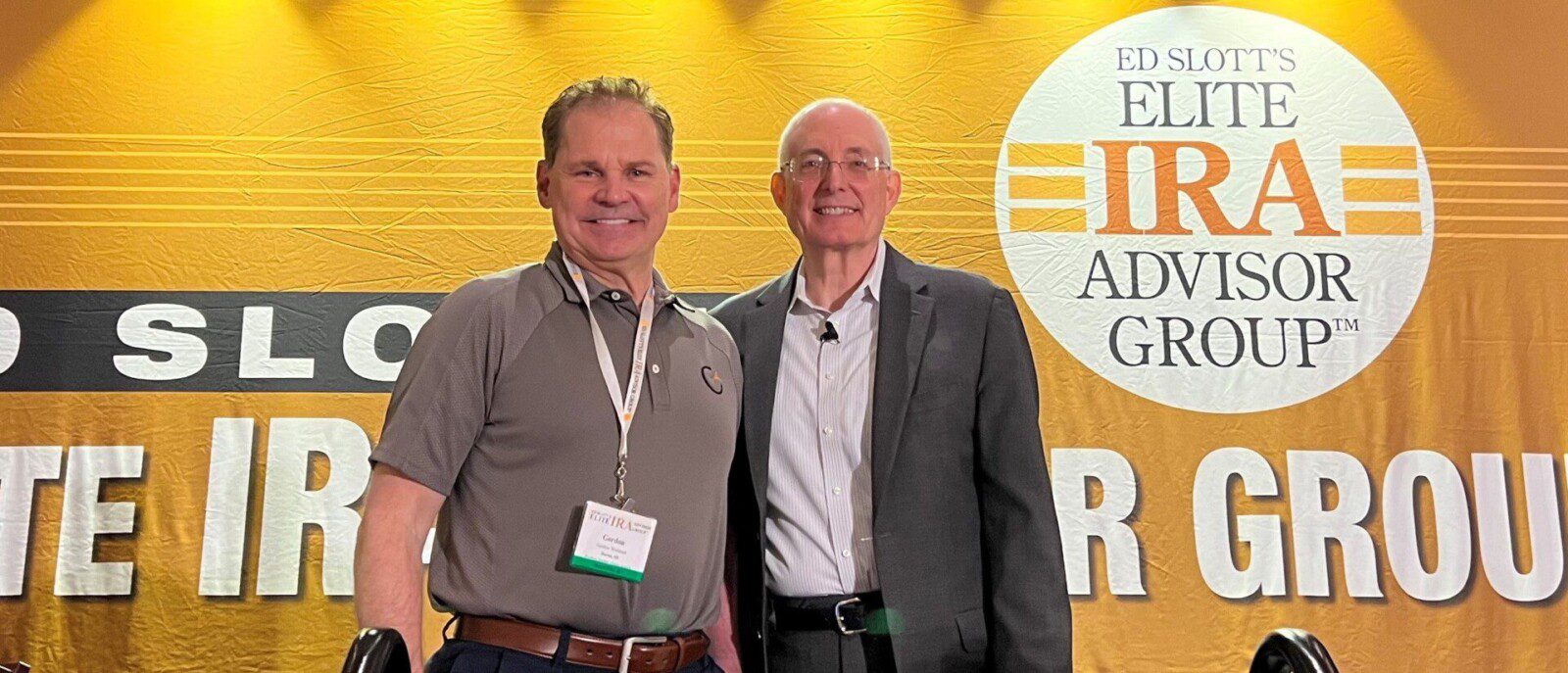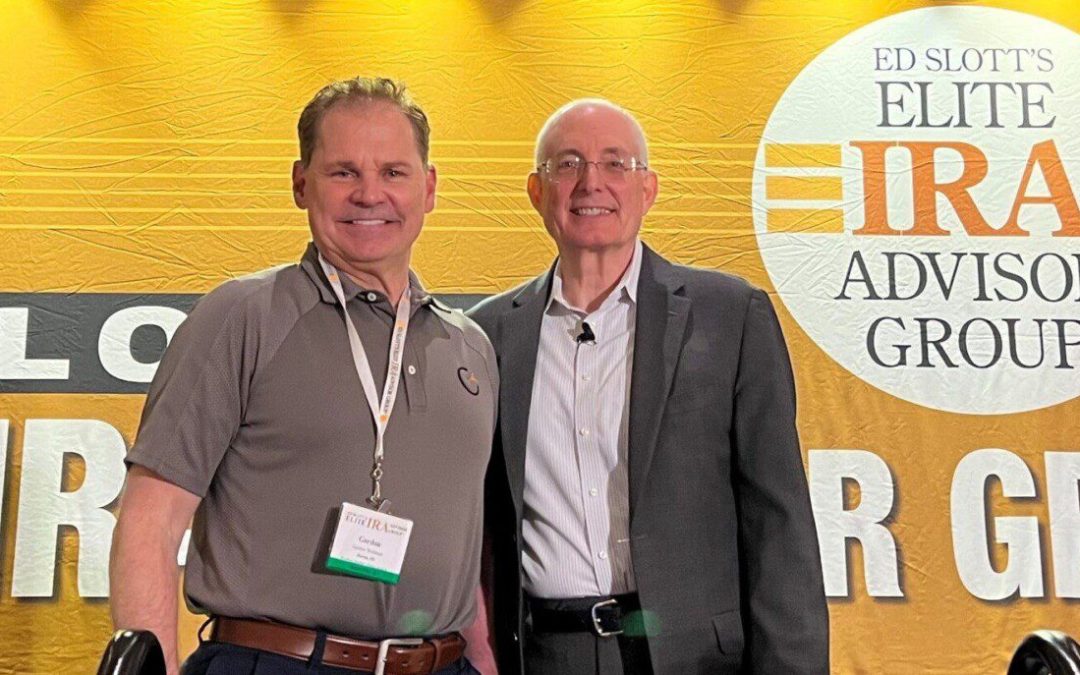Cornerstone is pleased to bring you this article by Ed Slott and Company, LLC, an organization providing IRA education and analysis to financial advisors, institutions, consumers, and media across the country. Our association with this organization helps us stay up to date on the latest developments in IRA and tax law updates. As always, give us a call if you’d like to discuss!
Twenty-five years ago, Roth IRAs first became available, offering the promise of tax-free earnings and withdrawals. Since then, Roth options have exploded. Employer plans can now offer Roth options and income limits on Roth conversions are long gone. The recently enacted SECURE 2.0 has made it clear that the trend toward more Roth accounts becoming available for retirement savings is accelerating. Roth-O-Mania has arrived!
Here are five new Roth savings opportunities introduced by SECURE 2.0:
- Roth Employer Plan Contributions
Most 401(k) (and other workplace retirement savings plans) provide for employer contributions. These contributions are either matching contributions for participants who make salary deferrals, or across-the-board nonelective contributions for all eligible participants.
Until now, employer contributions, including matches on Roth salary deferrals, have been required to be made to a pre-tax account within the plan. However, beginning in 2023, SECURE 2.0 allows for employer contributions to be made to Roth accounts.
Roth employer contributions are allowed in 401(k), 403(b) and governmental 457(b) plans. SECURE 2.0 makes clear that employers are not required to make their contributions on a Roth basis. It is optional, not mandatory. SECURE 2.0 also provides that only vested matching or nonelective contributions can qualify for Roth treatment. For tax purposes, Roth employer contributions will be treated the same as Roth employee contributions. That is, employees will be taxed on the amount of the Roth contribution.
Roth employer contributions are allowed in 401(k), 403(b) and governmental 457(b)
- Roth SEPs and SIMPLEs
Many small business owners offer SEP or SIMPLE IRA plans for their employees. SEP IRAs provide only employer contributions. SIMPLE IRAs provide both employer contributions and employee contributions. Employers with SEP or SIMPLE plans have always been required to make contributions on a pre-tax basis. However, beginning in 2023, SECURE 2.0 permits both SIMPLE and SEP Roth IRA contributions.
Employees can now make SIMPLE Roth IRA salary deferrals similarly to the way participants in an employer plan can make Roth contributions (if the plan allows). SIMPLE Roth contributions made by employees are includible in taxable income for the year of the contribution.
SEP and SIMPLE Roth employer contributions may also be offered. If the Roth option is offered, employees can choose to treat employer SEP and SIMPLE contributions as Roth.
- No Lifetime RMDs for Roth Plans
Beginning in 2024, SECURE 2.0 eliminates the need to take lifetime required minimum distributions (RMDs) on Roth plan dollars. This brings Roth plan RMD rules more in line with Roth IRA RMD rules.
Participants in workplace plans — like a 401(k) or 403(b) — will no longer have to factor their Roth plan dollars into their lifetime RMD calculation. This could result in a significant reduction in the plan RMD from 2023 to 2024.
Additionally, plan participants will no longer be forced to roll over Roth plan dollars to a Roth IRA to avoid taking an RMD on those Roth assets. Does this mean that rolling a plan to a Roth IRA is no longer a good option? Not necessarily. Rolling over the funds to a Roth IRA may still be the best choice due to a multitude of other factors – such as more favorable Roth IRA distribution ordering rules, investment options, easier access, etc.
Roth plan participants will join Roth IRA owners in not being subject to lifetime RMDs. However, beneficiaries of a Roth plan, like Roth IRA beneficiaries, are subject to the RMD rules. With either a Roth plan account or a Roth IRA, any distribution to a beneficiary will likely be income tax free. However, after the SECURE Act, most non-spouse beneficiaries will be subject to the 10-year rule that requires the inherited Roth funds to be fully withdrawn by the end of the 10th year after death.
- Rollovers from 529 Plans to Roth IRAs
SECURE 2.0 allows rollovers from 529 plans to Roth IRAs beginning in 2024. For those who have concerns about what to do with funds “left over” in a 529 plan, this may be a good opportunity. Leftover 529 funds can now be rolled over to a Roth IRA in the name of the 529 beneficiary.
These rollovers from 529 plans to Roth IRAs would not be subject to the income restrictions that normally apply to Roth IRA contributions. However, there are many restrictions. The 529 plan must have been in place for at least 15 years. Rollover amounts cannot include any 529 contributions (and earnings on those contributions) made in the preceding five-year period. Annual rollovers cannot exceed the annual Roth IRA contribution limit, and total lifetime rollovers cannot exceed $35,000.
- Required Roth Catch-Up Contributions
Beginning in 2024, SECURE 2.0 requires any age 50-and-older catch-up contributions made to 401(k), 403(b) or 457(b) plans by certain higher-paid participants to be made as Roth contributions. This includes a participant whose wages received from the plan sponsor for the preceding calendar year exceeded $145,000 (as indexed). Individuals who are not in this group can choose to make catch-up contributions as Roth contributions (if the plan allows) but are not required to do so.
The Future is Roth
In the past several years, we have seen several legislative proposals put forward that would have limited the availability of Roth accounts. For example, there were proposals to do away with back-door Roth conversions and proposals that would have added income limits for Roth conversions.
None of these proposals that would have cut back on Roth accounts found their way into SECURE 2.0. The reason is clear: Congress is desperate for revenue, and Roth accounts raise immediate tax dollars. In fact, four of the five new Roth rule changes discussed in this article can be found in “Title VI — Revenue Provisions” in the SECURE 2.0 law. Roth-O-Mania is likely here to stay, and with it comes more opportunities for tax-free growth and withdrawals for savvy retirement savers.

Gordon Wollman, Founder and President of Cornerstone Financial Solutions, and Raymond James Wealth Advisor, with Ed Slott at the 2023 Spring workshop for members of Ed Slott’s Elite and Master Elite IRA Advisor Group℠.
Membership in Ed Slott’s Elite IRA Advisor Group(T) is one of the tools our advisors use to help you avoid unnecessary taxes and fees on your retirement dollars. Gordon attends in-depth technical training on advanced retirement account planning strategies and estate planning techniques. And semiannual workshops analyzing the most recent tax law changes, case studies, private letter rulings, Congressional action and Supreme Court rulings help keep attendees on the cutting-edge of retirement, tax law and IRA distribution planning. Through his membership, Gordon is immediately notified of changes to the tax code and updates on retirement planning, and he has 24/7 access to Ed Slott and Company LLC to confer with on complex cases.
This information, developed by an independent third party, has been obtained from sources considered to be reliable, but Raymond James Financial Services, Inc. does not guarantee that the foregoing material is accurate or complete. Changes in tax laws or regulations may occur at any time and could substantially impact your situation. ACKNOWLEDGMENT: This article was published by Ed Slott and Company, LLC, an organization providing timely IRA information and analysis to financial advisors, institutions, consumers, and media across the country and is distributed with its permission. Copyright 2023, Ed Slott and Company, LLC. Raymond James is not affiliated with and does not endorse the opinions or services of Ed Slott or Ed Slott and Company, LLC.
Raymond James is not affiliated with and does not endorse the opinions or services of ED Slott, Ed Slott and Company, LLC, IRA Help, LLC, or Ed Slott’s Master Elite IRA Advisor Group. Members of Ed Slott’s Elite IRA Advisor GroupSM train with Ed Slott and his team of IRA Experts on a continuous basis. These advisors passed a background check, complete requisite training, attend semiannual workshops, webinars, and complete mandatory exams. They are immediately notified of changes to the tax laws.

